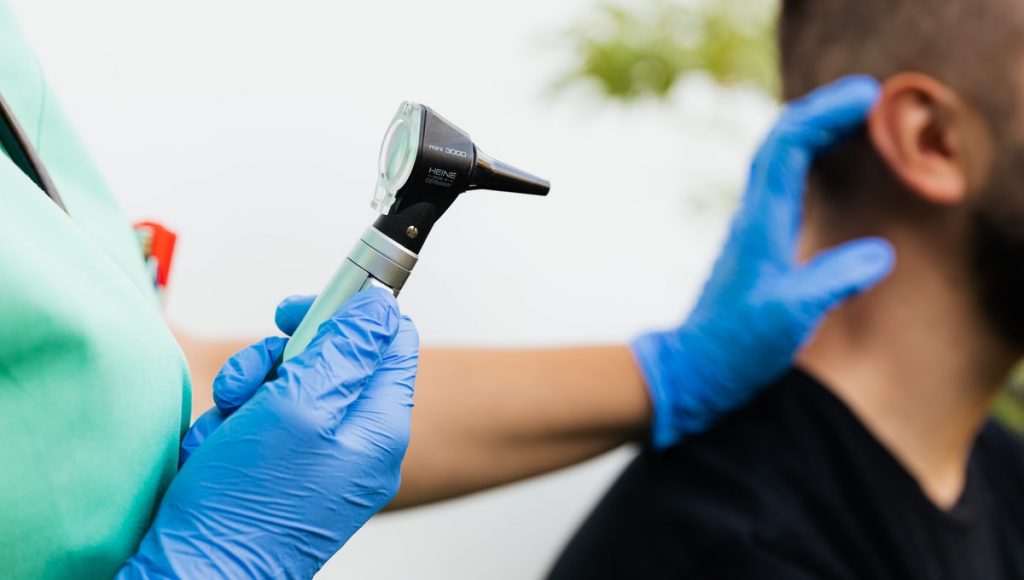Hearing problem is the next big health problem to hit the world. A new report by the World Health Organisation’s (WHO) reveals that nearly 2.5 billion people worldwide ─ or 1 in 4 people ─ will be living with some degree of hearing loss by 2050.
The report also shows that at least 700 million of these people will require access to ear and hearing care and other rehabilitation services unless action is taken.
“Our ability to hear is precious. Untreated hearing loss can have a devastating impact on people’s ability to communicate, to study and to earn a living. It can also impact on people’s mental health and their ability to sustain relationships,” said Dr Tedros Adhanom Ghebreyesus, WHO Director-General.

“This new report outlines the scale of the problem, but also offers solutions in the form of evidence-based interventions that we encourage all countries to integrate into their health systems as part of their journey towards universal health coverage.”
The report launched ahead of the World Hearing Day on 3 March, underlines the need to rapidly step up efforts to prevent and address hearing loss by investing and expanding access to ear and hearing care services. Investment in ear and hearing care has been shown to be cost-effective: WHO calculates that governments can expect a return of nearly US$ 16 for every US$ 1 invested.
READ MORE: Are masks enough to protect you from COVID-19? – research states otherwise
Report’s main findings:
Many people don’t access care for ear diseases because of lack of accurate information and stigmatising attitudes to ear diseases and hearing loss.
The report shows that even among health-care providers, there’s often a shortage of knowledge about prevention, early identification and management of hearing loss and ear diseases, hampering their ability to provide the care required.
It is also expensive and challenging for many people to access ear and hearing care because in most countries, these services are not integrated into national health systems.

The WHO report identifies lack of human resources as the biggest obstacle in accessing ear and hearing services. Among low-income countries, about 78% have fewer than one ear, nose and throat (ENT) specialist per million population; 93% have fewer than one audiologist per million; only 17% have one or more speech therapist per million; and 50% have one or more teacher for the deaf per million.
The WHO suggests that the gap can be closed through integration of ear and hearing care into primary health care through strategies such as task sharing and training, outlined in the report.
READ MORE: Where pregnant immigrant girls in Germany can find help
What are the main causes of hearing loss?
Otitis media – inflammatory diseases of the middle ear is the main cause of hearing loss in children. The good news is that almost 60% of hearing loss can be prevented through measures such as immunisation.
In adults, noise control, safe listening and surveillance of ototoxic medicines together with good ear hygiene can help maintain good hearing and reduce the potential for hearing loss.

Identification is the first step in addressing hearing loss and related ear diseases. Clinical screening at strategic points in life ensure that any loss of hearing and ear diseases can be identified as early as possible.
Source: WHO, Afronews.de
JOIN US ON FACEBOOK: AFRONEWS.DE – GERMAN SITE FOR AFRICANS IN GERMANY
